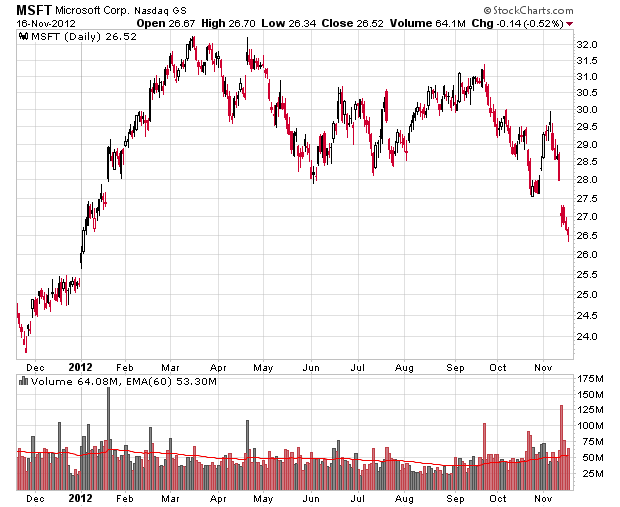I’ve been relatively happy with my portfolio, although the market performance has been less than thrilling. About two-thirds of the portfolio is trading well less than tangible book value, while the speculative components are fairly well positioned and I am just patiently waiting for the market to come to the conclusion that there is some serious undervaluation. Just eyeballing it, these companies are roughly at 55-70% of book value with strongly positive earnings.
Such suppression of market value can continue for some time but inevitably I will get paid – either through a dividend payment or a boost of market value. Buying back shares under tangible book value is also one of the rare times that I like to see share buybacks.
As prices have gone down, I have nibbled more of a position. This is probably the deepest value position that I have taken for my portfolio in quite some time.
Throughout the year it is always good to keep in the back of the mind if unrealized losses in the portfolio should be taken, and over the past couple months I have liquidated the losers and what is remaining in the portfolio is a substantial sum of deferred capital gains for 2013 and beyond.
I expect to see these unrealized capital gains get larger with the current portfolio. It is just a matter of being patient and hence, the general lack of observations here lately.

